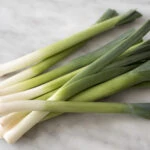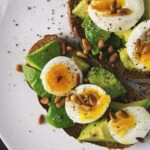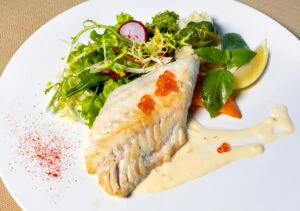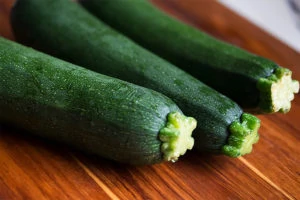Learn how to make perfect spaghetti every time for your favorite Italian recipes with al dente noodles, not mushy or hard-to-chew pasta.
How to make perfect spaghetti? Fill a large pot with water, bring it to a boil, add salt, place the spaghetti inside the pot, stir it, cook it until al dente, drain it, and serve!
The way you cook spaghetti can have a major impact on how a dish tastes, feels, and looks. It can be all too easy to over- or under-cook your pasta, and spaghetti is no exception.
What is Spaghetti?
Spaghetti is a very popular long pasta shape. It’s typically sold dried, which means the noodles have a long, stable shelf-life. This variety of pasta is a staple in Northern Italian cuisine, where primary grains include rice like arborio (often used for risotto) and durum wheat. Spaghetti is usually made from durum wheat semolina. This gives the noodles their somewhat yellow color. In some cases, wheat flour is added to the pasta dough, which adds a nuttier flavor and a browner color to the noodles.
Spaghetti tends to look more yellow before it’s cooked than after it’s boiled and plated. It has a very mild flavor, which makes it a great base for a range of sauces, from spicy to creamy to herby.
While some pasta shapes can be hand-cut, such as fettuccine, ravioli, and tagliatelle, spaghetti can only get its signature round shape through extrusion. This means that to make spaghetti, pasta makers pass the raw durum wheat dough through a large extruder machine. The machine presses the dough through small holes the width of a spaghetti noodle. Out comes the fresh spaghetti, which gets cut to a precise length before being dried and packaged into the boxes that make their way to your grocery store.
How to Choose the Best Spaghetti
There are dozens of varieties of pasta on grocery store shelves, including many options just in the spaghetti category. If you want to buy the highest-quality pasta, opt for a brand made in Italy. Italy has a system of protecting ingredients and products for export to ensure that each item is made with the highest-quality ingredients. Of course, the best way to know you’ll like the brand you choose is to try several and find your favorite!
How to Make Perfect Spaghetti
Once you’ve brought home a box of spaghetti to try, it’s time to learn how to make perfect spaghetti. If you’ve made pasta a million times before, you still might learn something about this technique!
Ingredients
First of all, gather your ingredients. You’ll need three very important things:
- 1 box of spaghetti
- 1 jar of your favorite pasta sauce
- Water
- Salt
Equipment
As far as equipment goes, you don’t need to go out and buy any fancy pasta pot. You probably have everything you need right in your kitchen, namely:
- A large pot (use an 8- to 12-quart pot, like you’d use to make chicken soup or lobsters)
- Tongs
- Fine-mesh strainer
Prepping the spaghetti
The only “preparation” step you need to take before cooking spaghetti is to start cooking your sauce or simply heat a store-bought sauce. Use a large, wide skillet for this (we’ll come back to this later).
Cooking the spaghetti
Step 1: Bring a large pot of salted water to a boil
First, fill your large pot with plenty of water and add salt. Use more water than you might think you need, as the pasta will expand and needs room so the noodles don’t stick together. Put a lid on the pot to help it reach a boil faster.
Also, use more salt than you might think you need. A general rule of thumb is to add at least one tablespoon of kosher salt for every 6 quarts of water. You can go beyond that too. Salt is what brings out the natural flavors in your spaghetti. By adding salt now, to the cooking water, you’re going to infuse your pasta with flavor as it cooks. The noodles absorb this very water, so seasoned water means seasoned spaghetti! If you add enough salt now, you shouldn’t need to add any more to the pasta after draining.
For another sensory clue to how salty your water should be, sample it. If your pasta water tastes as salty as the sea, you’ve hit the perfect balance. If not, add more!
Step 2: Add the spaghetti
Before you throw the spaghetti inside the pot, make sure the water is truly boiling. There should be lots of bubbles rising to the surface of the pot constantly, not just a simmer. When you’ve got a good boil, add the pasta.
Step 3: Stir things up
Immediately after you add the spaghetti, stir the noodles in the water. If you don’t stir right away, your pasta is likely to stick together in clumps. You’ll notice that after you add the noodles the boil reduces (you just significantly lowered the temperature of the water). So keep the heat on high until you see bubbles return to the surface. Once the pasta is in the water, you don’t have to go all the way back to a rolling boil, but a simmer is good.
Stand by the pot and stir the pasta every two to three minutes to ensure the noodles stay separate, not clumped. Use a set of tongs or a serrated pasta spoon for this.
Step 4: Wait until it’s done – minus 2 minutes
Your pasta box probably has a range of time to cook the noodles. You can use this as a guide, but you’ll have to taste the pasta for yourself to truly know whether or not it’s done. Spaghetti is considered al dente, or a bit chewy, after 6 to 7 minutes of cooking. Test a noodle at 6 minutes. Remember that your noodles will continue to cook after you drain them from the water. The pasta retains heat, and you’re going to dress the spaghetti in a hot sauce. So err on the side of chewier, rather than softer.
A true al dente pasta noodle will have the tiniest speck of raw in the very center of the noodle. You can look for it by picking up a noodle and checking the cut end. If there’s a tiny white center, you’ve made perfect spaghetti! Of course, not everyone likes this level of chewiness, so cook your spaghetti until you’re happy with the texture.
If you test the noodle at 6 minutes and want to continue cooking, check it again after 7 minutes. Continue checking the spaghetti every minute.
Step 5: Drain and sauce
When you’ve hit the perfect spaghetti texture, grab your fine-mesh strainer. Instead of dumping the pasta into a colander and its flavorful water down the drain, use the strainer to scoop the noodles out of the pot of boiling water and directly into your sauce. You want to scoop some of the pasta water from the pot into your sauce. This helps loosen up the sauce and adds some natural starch to coat the spaghetti perfectly.
We have tried a lot of different jarred sauces and have found one that has very simple ingredients and tastes great. If interested, check out Monte Bene Tomato and Basil Pasta Sauce.
Step 6: Serve perfect spaghetti
Spaghetti will continue to absorb liquid, so add a little more than you think you need and plate your pasta. By the time it gets to the table, it should be perfectly moist. Add a dusting of parmesan or another garnish and dig in!
Can you undercook or overcook spaghetti?
Spaghetti can swing both ways, you can undercook or overcook it. And it swings fast. One minute you’re dealing with undercooked spaghetti, you get distracted, and you’re looking at overcooked spaghetti.
It’s always best to set a timer and stay near the stove while you cook to minimize risk. You can fix undercooked spaghetti, but there’s no salvaging overcooked spaghetti.
What to serve with spaghetti
Delicious toppings for perfect spaghetti range from creamy alfredo sauce to spicy arrabbiata and fresh pesto. Or you can go a non-Italian direction and toss your perfect spaghetti with chicken and vegetables for a simple and satisfying weeknight meal. You can even turn spaghetti into a casserole or fritters! Once you’ve mastered perfect spaghetti, you’ll always have a fast and tasty weeknight recipe to rely on.
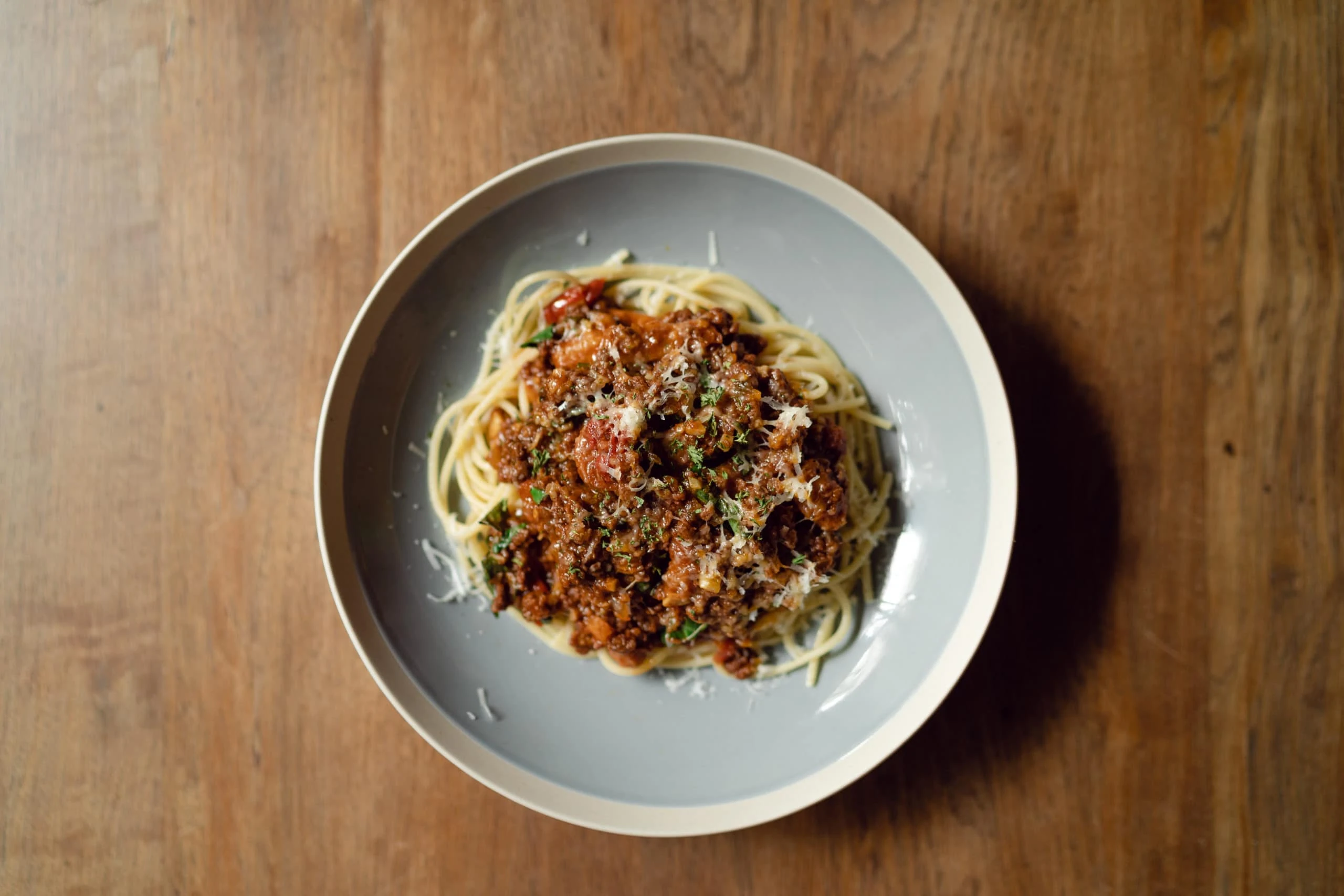
Perfect Spaghetti
Equipment
- 8 to 12-quart stockpot with a lid
- Tongs
- Fine-mesh strainer
Ingredients
- 1 pounds dried spaghetti
- kosher salt to taste
Instructions
- Bring a large pot of water to a boil on the stove. Add at least 1 tablespoon of salt for every 6 quarts of water.
- When the water is at a rolling boil, add your spaghetti and stir to prevent clumps. Cook until al dente, checking after 6 minutes for doneness.
- Use a fine-mesh strainer to scoop the pasta out of the water and into your sauce, stirring to coat. Serve immediatly.



